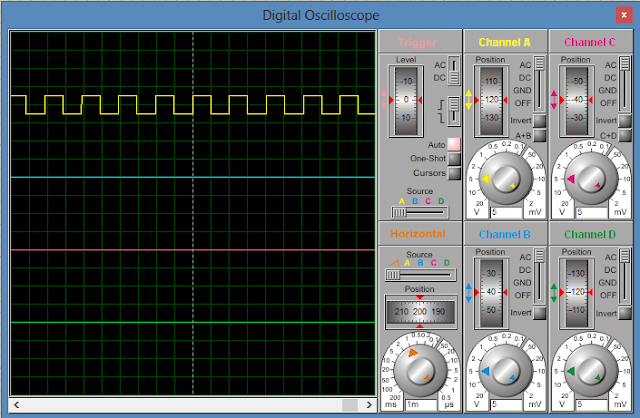Here A-G are 7 leds these are main leds to display 0-9 numbers, another one DP-led. This segment contains 9 pins for 7 pins are assign to 7 leds from A - G, one for Dp and finally the Enable pin. In 7-segment display having enable pin which is either cathode or anode pin. When we use cathode pin it must be connection to Ground-Terminal, if we use anode pin it must be connected to VCC or power supply.
The above table is very important to run the 7-segment display using any micro-controller. As you seen above table the VALUE-column is full of Hexa-decimal code for each and every number from 0-9.
For Example if you want to display number - 4 we need the value 0x66. If you cascading the two 7 - segments we can display 0-99 numbers and so on.
Code:-
This code is only for single 7-segment display. It counts from 0-9 and each number is display with some delay.
#include<reg51.h>
# define segment P2 // 7-segment is assign to Port-2
void delay(unsigned int ms) // Delay function
{
int i,j;
for(i=0;i<ms;i++)
for(j=0;j<1275;j++);
}
void main() // Main function
{
unsigned char i,array[] = {0x3F,0X06,0X5B,0X4F,0X66,0X6D,0X7D,0X07,0X7F,0X6F};
while(1)
{
for(i=0;i<10;i++)
{
segment = array[i];
delay(100);
}
}
}
This is very simple code to execute 0-9 numbers in 7-segment display using 8051 micro-controller.
Here I am using Array, so this post is useful to how to write arrays in Embedded-C.
See the below video to get clarity about "How this code works ?" Thank you









